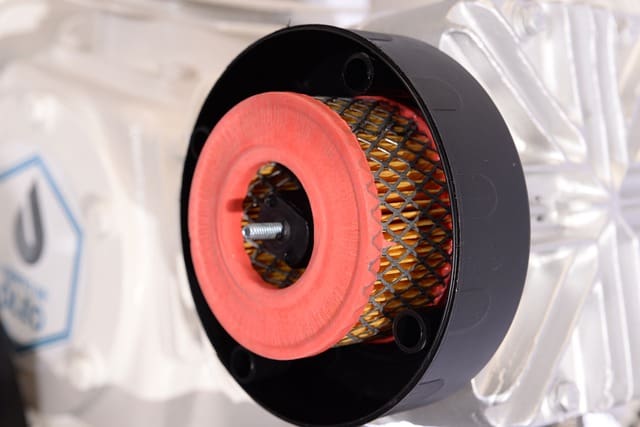How Data Travels within Installed and Configured Networks [The Definitive Guide]
![How Data Travels within Installed and Configured Networks [The Definitive Guide] 1](https://techgeekers.com/wp-content/uploads/2021/08/word-image-1.png)
All data on a network travels in packets.
These packets are wrapped with a header section & a footer section that contain information about the packet’s size, its origin, and destination, as well as what type of data is being transmitted.
But how do these packets get from one computer to another?
What happens when a packet gets lost?
And how does a router know which way to send a packet without knowing where it came from or where it needs to go? In this article, we will answer all of these questions!
When someone sends a message over email, the message then breaks into small packets that travel across networks.
Other packets from the same email don’t necessarily follow the same route. That is part of how the Internet is so fast & robust.
The data Packets will travel from one device to another until they land at their final destination.
As the packets arrive, the computer receiving the data assembles puzzles like messages recreating the complete message.
This is a principle of all data transfers over the internet.
It assists networks to manage information flow and balance loads by using a different pathway if needed. Unlike traditional phone systems where you could have a dedicated circuit if you wanted one, the internet lets multiple packets take different routes to reach their final destination, this is the job of your router to deliver a message on a unique IP address. The analog old phone system was a devoted connection. For example, if something happened to the line, the call would eventually be disconnected.
Within an IP network, the traffic is more efficient.
If a connection fails for some reason, data has an option of an alternate route.
If a data packet is not able to make it from source to receiver, then the computer receiving that packet can still determine where that missing data needs to be inserted by referencing other packets.
Sometimes the receiving machine requests that the message be sent again. Everything happens in just a fraction of seconds.
The best way to prepare for a switch to IP convergence is to do your research beforehand.
Many companies have installation services, so you may be able to take advantage of that support for the transition.
All things considered, though, it’ll require a significant upfront investment and will need servers and more set up to take the edge of the system’s feature.
How it all works step by step?
Below is the hierarchy of how data travels.
Sender
When data travels across the internet, it is chopped into chunks called ‘packets. Different packets take different routes and then meet up at their final destination.
Entering the network
Each packet visits a local “Internet service provider” (ISP), a company that offers access to the network – for a fee.
Taking flight
This hop or node sends the data packet to a provider known as long-haul in the tech world’s terminology, Its job is to quickly data from one place to another.
Border Gateway Protocol
Internet service providers rely on the Border Gateway Protocol to decide how data will move across a vast network of individual networks that make up the Internet.
Finding a route
This usually takes several more hops, before the data is finally delivered.
Bad Info
The Border Gateway Protocol shared between the routing devices can’t entertain errors that make a packet gets lost.
Arrival
To complete the journey, the packet’s final stop is at its destination, where it is reassembled into a full message. In addition, a separate message will confirm that the data was delivered successfully.
How Does Data Travel In LAN ?
On large networks such as the Internet, the packets that contain a transmitted file may travel by various routes to get from one computer to another. As the packets travel, routers and switches read the destination address of the packet and forward it along to its final destination.
The Internet & the (WWW) World Wide Web
Initially, the ARPANET served mostly government and military personnel. In time, commercial use developed. The broader application of the network led to a hurdle: different networks couldn’t communicate with each other.
As networks were getting established, each network had its proprietary language to send and receive information. This problem was later solved by TCP/IP.
TCP/IP, the protocol internet data travels across, creates “packets” of information. These packets have a header and footer that contain information about how the information in them is supposed to carry with other packets and their final destination.
Conclusion
In this guide, we’ve discussed how data is sent over the internet and how the communication plus data transaction works with unique IP addresses on either side (Sender or receiver). We’ve also discussed how data first breaks into pieces and what stages it has to go through when sending a message from one place to another.



